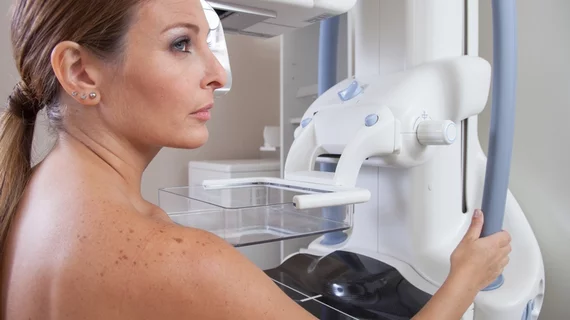Spending on treating chronic conditions has skyrocketed in the United States, but it is an investment that has paid off for patients.
Researchers explored healthcare spending from 1996 to 2015, sharing their findings in Health Affairs. The team focused on spending associated with breast cancer, lung cancer, cerebrovascular disease, chronic obstructive pulmonary disease (COPD), diabetes, HIV/AIDS and ischemic heart disease. In 1996, for example, more than $1.9 billion was spent on treating breast cancer. That number jumped to more than $12.5 billion in 2015. Significant increases were found in all seven conditions, leading the researchers to wonder if more spending has led to better patient outcomes.
“The objective of the study was to identify whether increased medical intervention spending on prevalent chronic conditions with a significant impact on mortality and morbidity in the U.S. over a twenty-year period has been a good investment,” wrote author David Wamble, senior director of health economics at RTI Health Solutions in Durham, North Carolina, and colleagues. “We explored this question by estimating changes in both costs and burden of disease from mortality and morbidity over a twenty-year period among conditions that were responsible for high U.S. rates of mortality and morbidity in 1996.”
For four of the seven conditions (lung cancer, ischemic heart disease, cerebrovascular disease, HIV/AIDS), the authors reported reductions in per-person total costs from 1996 to 2015. For the other conditions, there were “moderate increases” in per-person total costs.
Also, “considerable improvements” in disability-adjusted life-years (DALYs) were noted for breast cancer, HIV/AIDS, lung cancer and ischemic heart disease. Cerebrovascular disease and diabetes “showed modest improvements,” and only COPD saw a decline in DALYs.
It’s important to keep these statistics in mind, the authors explained, because it shows that spending has been a wise investment for the United States.
“In an aging country where chronic conditions are becoming more prevalent because of longer life expectancies and poor health behaviors, the costs associated with treating chronic conditions are increasing,” they wrote. “This situation has caused concern across the U.S., with calls for caps on health care spending. However, our study provides preliminary evidence to show that increases in inflation-adjusted spending per person, when prevalence is accounted for, may be small or nonexistent for some conditions. In addition, reductions in per person disease burden were observed, which indicates that spending for care for these conditions has value.”
Wamble et al. noted their findings say a lot about healthcare policy in the United States. For instance, whenever a debate about spending in healthcare takes place, both parties must keep in mind that additional spending on treating these conditions was found to be “cost-effective and a source of high value creation.”
Also, those looking to slow down medical spending must be careful they don’t go about it the wrong way.
“The study results demonstrate a high level of variability across conditions in both changes in cost of treatment per person and the extent of benefit from changes in medical care,” the authors wrote. “This underlying variability means that efforts to constrain medical spending should be careful not to stifle investments that could produce high-value results. Therefore, cost management strategies and policies should incorporate a disease-specific approach, targeting areas where increased spending is associated with fewer health benefits.”

